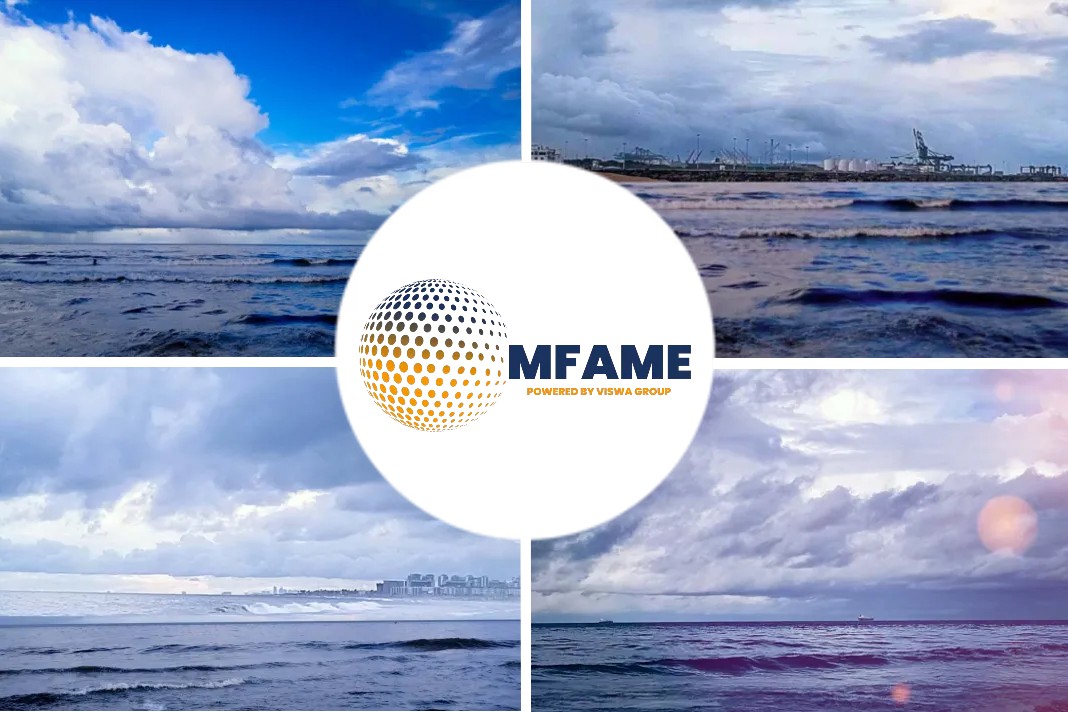
The maritime industry is facing challenges in its efforts to achieve net-zero emissions. While awaiting the development of new alternative fuel technologies like ammonia, methane, and hydrogen, shipowners could start by using lithium-ion (Li-ion) batteries to electrify ships. However, Li-ion batteries come with a high price tag and considerable safety risks.
Research Underway
Research is underway to find battery options that can perform similarly to Li-ion but without the drawbacks. Solid-state lithium batteries that eliminate the use of flammable liquid electrolytes are one option being explored. Additionally, researchers are looking beyond lithium to explore flow and sodium-ion batteries. However, these alternatives are unable to deliver the necessary balance of high energy density, weight, calendar life, and size required for effective shipping.
The urgency to reach net-zero emissions is driven by the shipping industry’s contribution to greenhouse gas (GHG) emissions. According to the International Maritime Organization (IMO)’s Fourth Greenhouse Gas Study 2020, total shipping emissions increased from 977 million tonnes in 2012 to 1,076 million tonnes in 2018. In response, the IMO has set decarbonization targets, aiming to reduce carbon impact by at least 40% by 2030 and to cut net annual GHG emissions in half by 2050.
Safety Concerns
While Li-ion batteries offer an attractive solution, they have safety concerns. Li-ion batteries are flammable and toxic, posing risks to ships and crews. Extensive cooling technologies have been developed to minimize these risks, but they reduce energy capacity and increase costs. Additionally, lithium-ion fires burn at high temperatures and release toxic vapors. Insurance companies have recognized the dangers of Li-ion batteries and have increased rates for vessels carrying them. The high cost of marine-grade Li-ion battery systems, along with competition from other industries, makes securing orders difficult. Moreover, the global lithium refining capability is predominantly located in China, giving Chinese suppliers significant influence over material prices.
To meet the IMO’s goals, the maritime industry must reduce its reliance on fossil fuels and adopt batteries and alternative fuels. The use of fuel cells, methanol, LNG, and other alternative fuels is expected for primary propulsion on large cargo and transoceanic vessels, while batteries will be used for other purposes. Battery-powered vessels are likely to be used for harbor operations, ferries, offshore service vessels, and short-sea transport. The maritime industry is at a critical turning point as it seeks to meet net-zero targets.
Did you subscribe to our daily newsletter?
It’s Free! Click here to Subscribe
Source: Energyportal





















